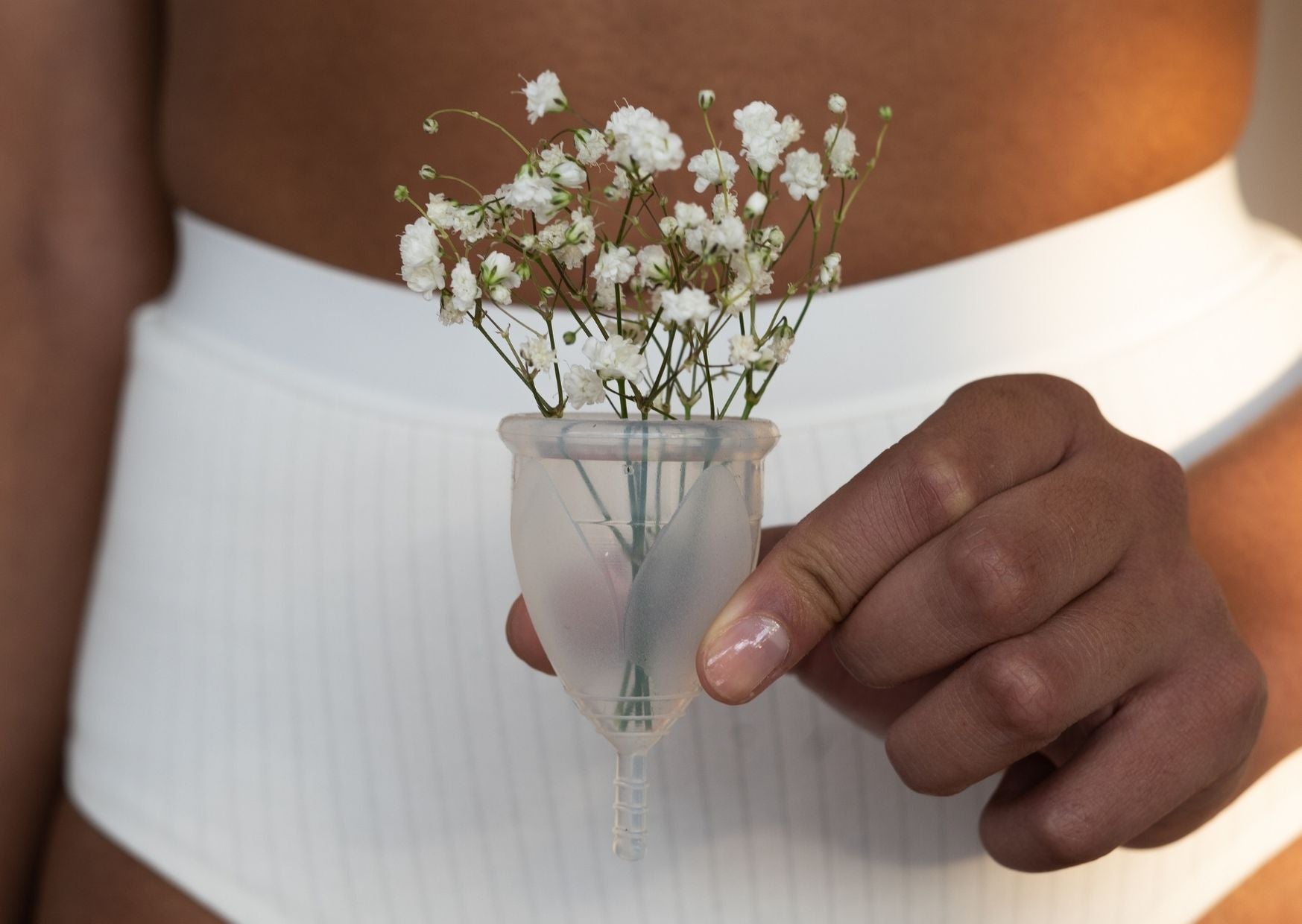
6 Ways To Have a More Sustainable and Plastic-Free Period

Disposable menstrual products create lots of waste and can also be damaging to the environment. According to the Evening Standard, women in the UK use an average of 11,000 disposable menstrual products during their reproductive lietime. This results in tampons, pads and panty liners producing more than 200,000 tonnes of waste per year.
Around 45 billion period products are disposed of every year (Ella Daish), and because these products contain a high proportion of plastic (usually around 90%) they take a long time to break down in the natural environment.
We’ve put together a list of ideas and tips to help you minimise the impact that your period has on the environment, and your wallet too!
1. Choose re-usable options
A recent study has shown that women spend an average of £5,000 on period products in their lifetime (which equates to around £10.24 per month). Instead of spending this money on disposable, non-biodegradable plastic options, why not invest in some re-usable products that will last years? Not only will these end up saving you money, they’ll save on waste too!

Menstrual cups: Although menstrual cups can sometimes take a bit of getting used to, they’re super easy and convenient once you’ve got the hang of it. The insertable cups can be left in for up to 12 hours (including overnight) and are also suitable for swimming. Made from medical grade silicone, rubber or latex, these cups can be used for up to 10 years, saving you lots of money in the long run despite being a bit of an investment to start with.
We recommend OrganiCup - we love it so much that we sell it on our site! For every sale, we donate £1 to support Menstrual Hygiene projects in Uganda.
Washable pads: re-usable fabric sanitary towels are a great way of minimising the waste created by disposable options.
2. Period pants
Period pants are designed with an absorbent gusset that soaks up blood and locks it away, meaning that you don’t need to wear any additional sanitary protection. These can often be a slightly more expensive option (depending on the brand), but a great investment if you’re after a fuss-free and flexible solution that’s much better for the environment. Check out Jen Gale’s beginner’s guide to period pants if you’re interested in exploring this option further!
3. If you’re feeling brave, make your own!
Action Aid trains girls in Nepal to make their own reusable pads. These are a cost-effective and easy way to make effective, sustainable sanitary products – and they’ll save your wallet too! Check out Action Aid’s easy step-by-step instructions if you’re ready to get creative!

4. Go organic
If you can’t quite move away from the convenience of disposable options, opt for tampons and pads that contain organic, rather than conventional cotton. Not only is organic cotton much softer and kinder to the skin, it’s also much better for the planet – it requires less blue water and energy to grow, and also results in less pollution.
5. Choose plastic free products

Similarly, if you’re sticking with disposable sanitary products, look out for plastic-free options. Choose tampons that don’t have an applicator, of have cardboard/reusable options instead of disposable plastic applicators.
Check out Natracare’s selection of organic, plastic-free disposable sanitary products.
6. Whatever you’re using, don’t flush it!
We hope you have found these tips useful! If you’ve got any more ideas on how to have a sustainable period, then let us know by leaving a comment below!
How to prevent and manage period leaks with Natracare
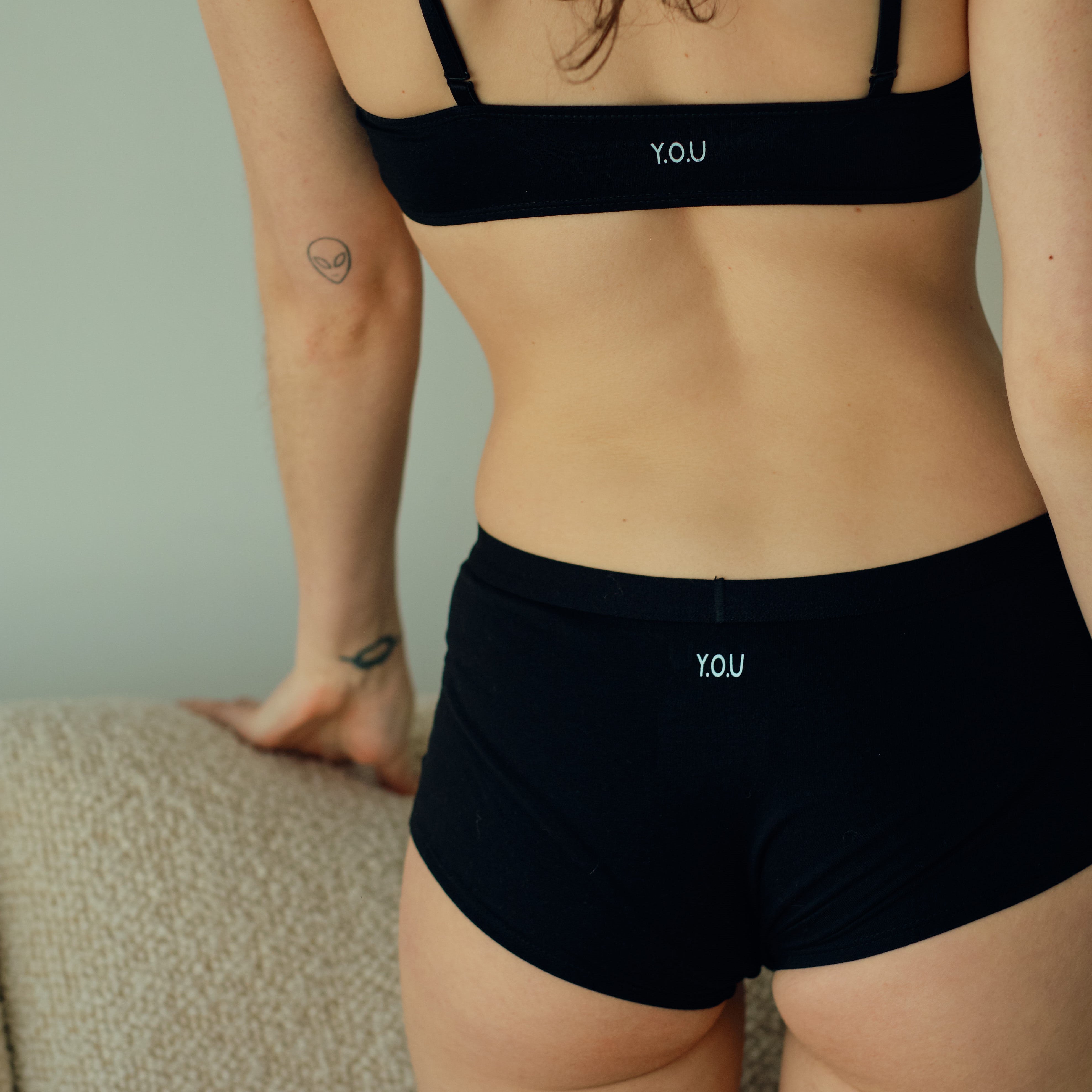
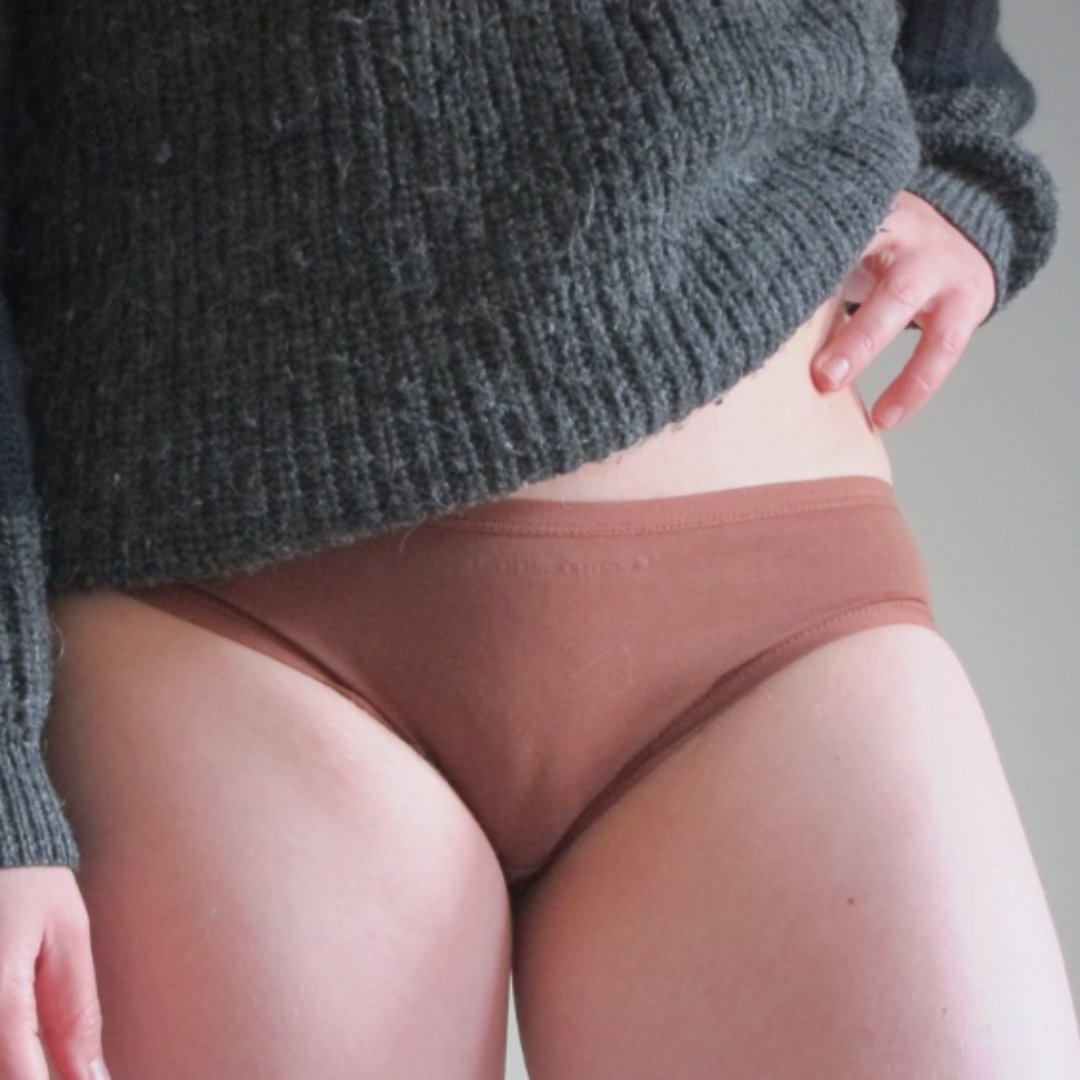
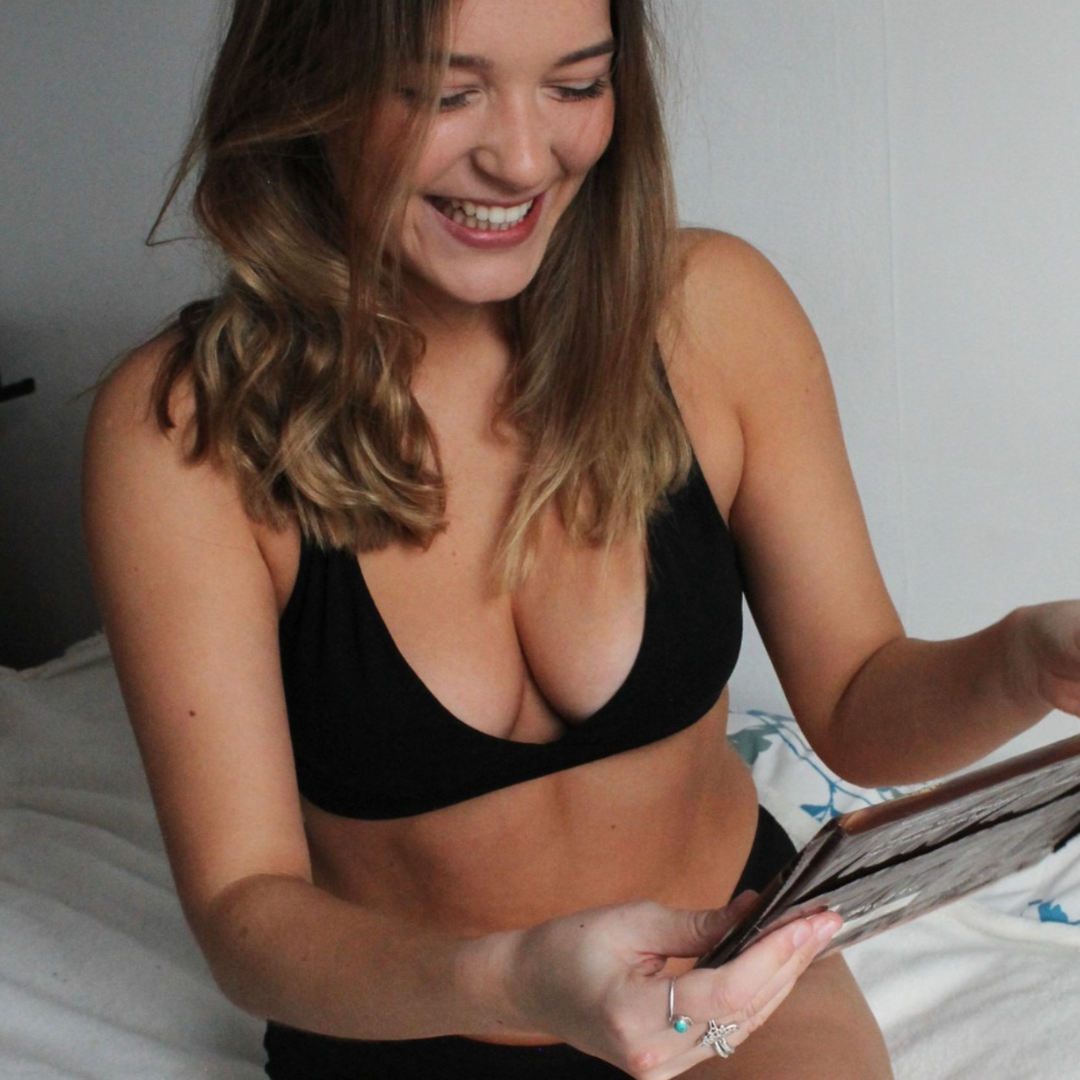

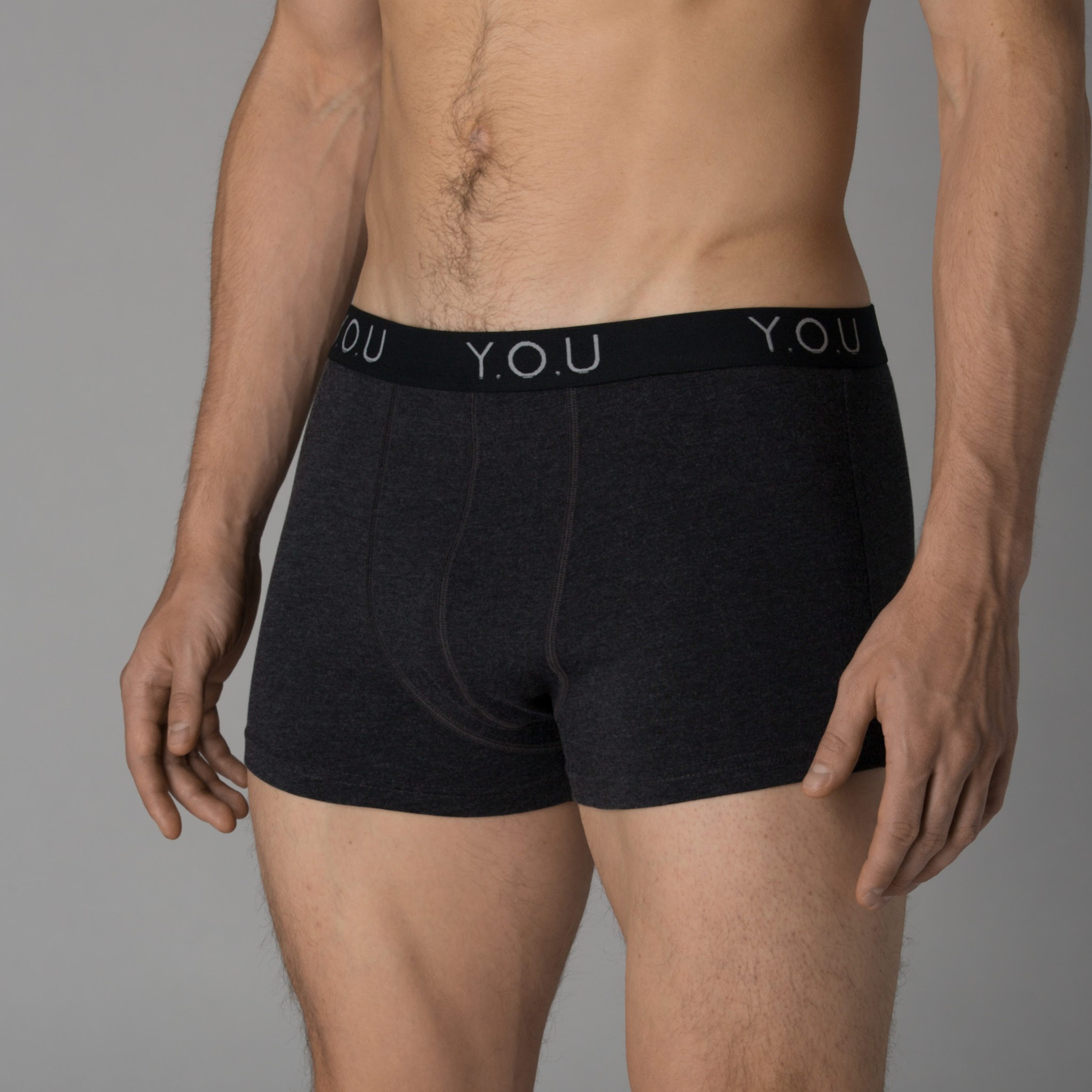
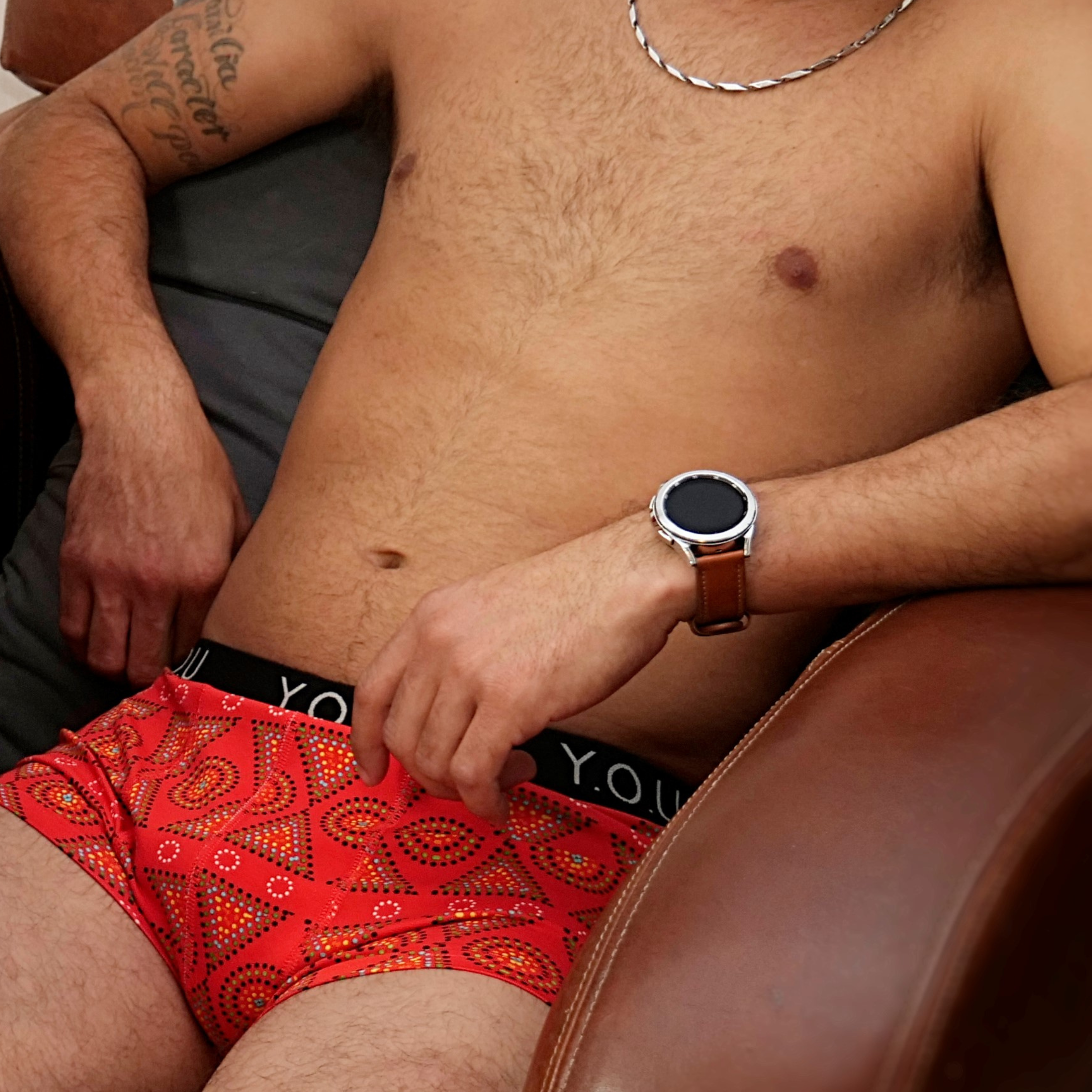


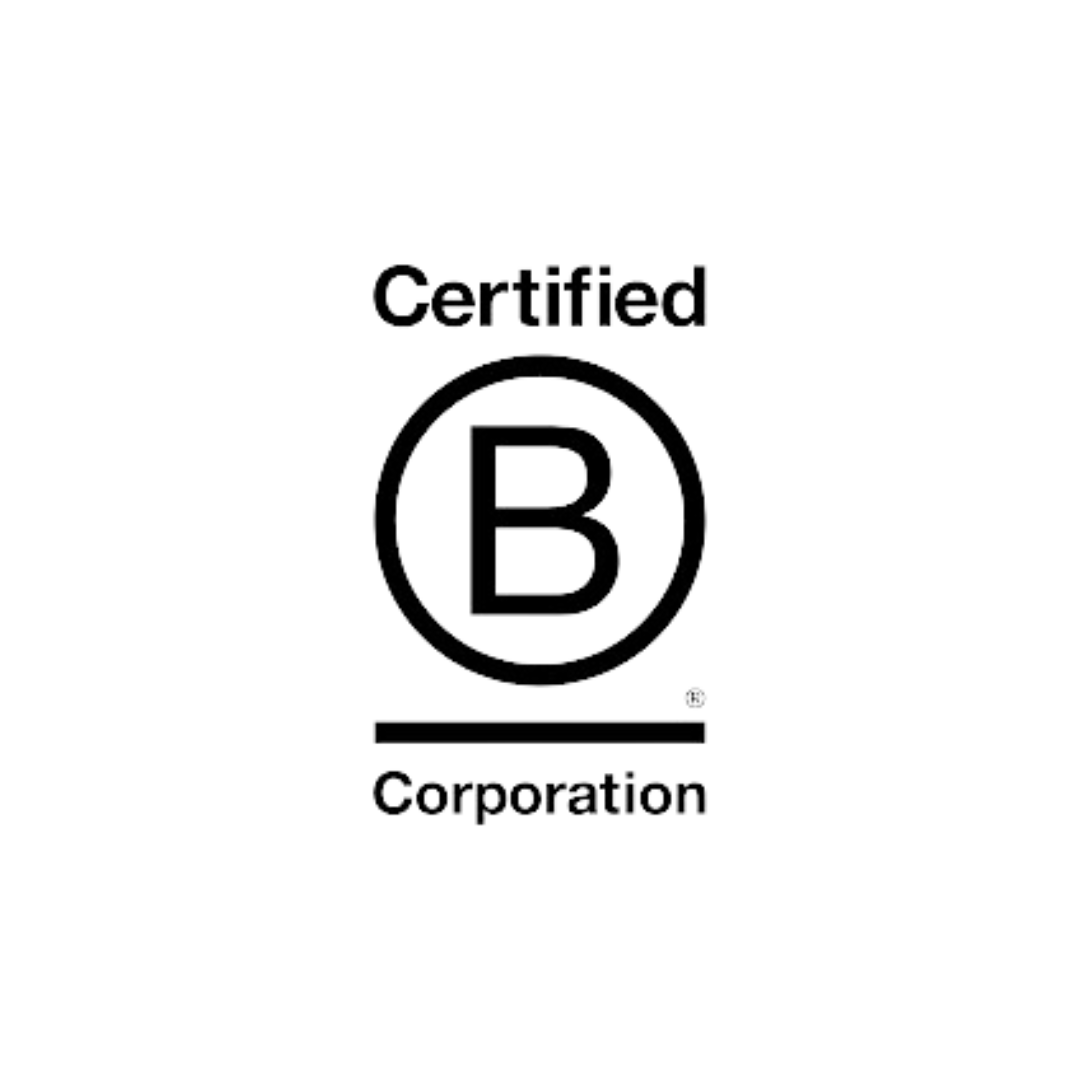
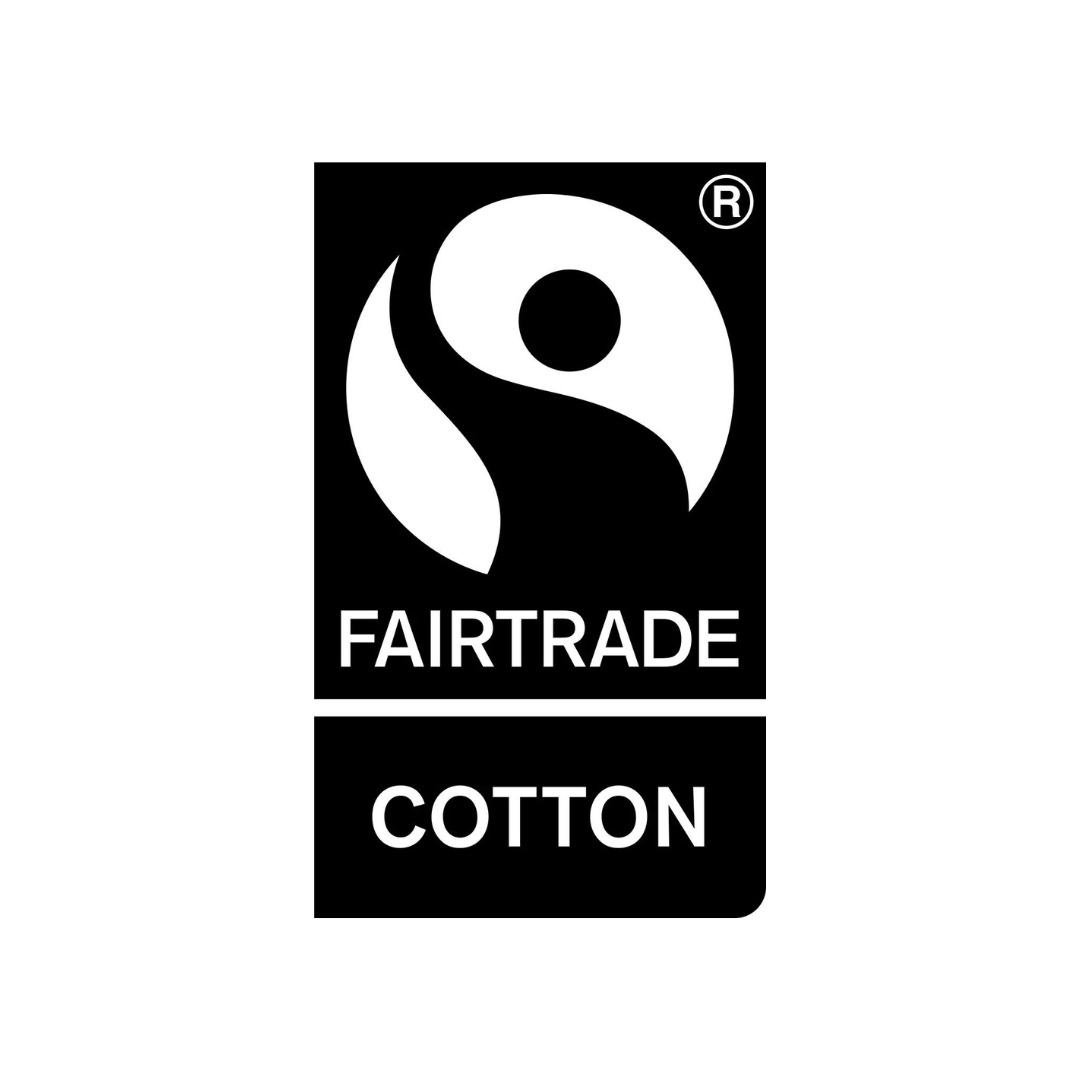
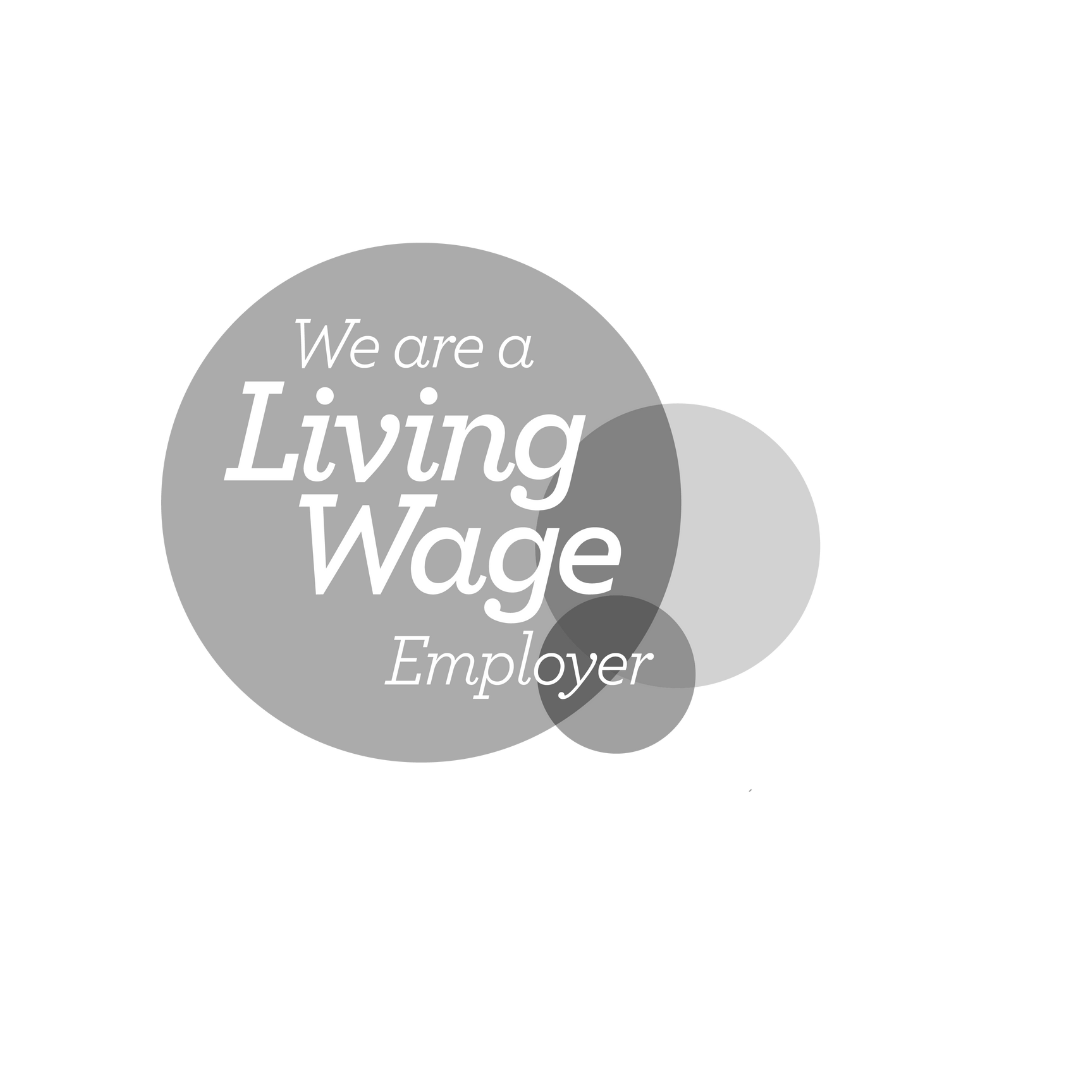



Leave a comment
This site is protected by hCaptcha and the hCaptcha Privacy Policy and Terms of Service apply.